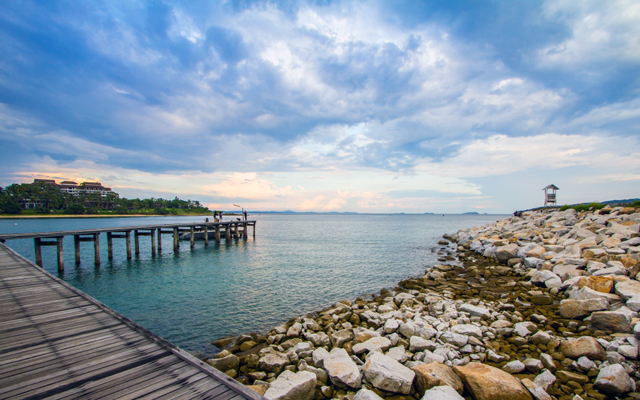The tourism sector in Thailand’s Rayong province is set to flourish with plans to develop U-Tapao into the third Greater Bangkok gateway airport, in line with the Eastern Economic Corridor (EEC) initiative, as well as spillover effects from China’s Belt and Road Initiative.
Rayong last year hosted seven million visitors, while tourism revenue to the province in 2017 tallied in at just over US$1 billion and is expected to rise sharply on positive market sentiment, according to according to C9 Hotelworks’ newly released Rayong Hotel Market Update.

While accommodation supply presently stands just under 15,000 rooms, with widespread interest spurred by the government’s EEC initiative, Thai and overseas investors are flocking east, C9 observed.
C9 Hotelworks managing director Bill Barnett added: “The domino effect from China’s Belt and Road Initiative is clearly a game changer for Rayong. Looking back over the past 12-18 months Chinese visitors saw some retraction due to Thailand’s zero-baht tourism crackdown but opening up the skies at U-Tapao is going to propel the province into an entirely new destination proposition.”
Bangkok’s rising status as a megacity is a catalyst for change, Barnett said, and a key demand generator is the redevelopment of U-Tapao into a third Greater Bangkok gateway airport.
Airlift at U-Tapao is rapidly expanding with scheduled and non-scheduled (charter) flights now serving 26 overseas cities. According to C9’s research, last year aircraft movements surged by 47 per cent year-on-year, with much of international lift now coming from mainland China.
Looking at EEC investment into large-scale projects, C9’s report notes that the expansion of the industrial zones at Map Ta Put and Laem Chabang and upcoming high-speed railway lines are key elements to a medium and long-term strategy for sustainable growth.
Despite Rayong’s legacy domestic tourism market and secondary attraction as a spillover destination from nearby Pattaya and Jomtien, the visitor source markets are changing.
Both the Japanese and South Korean segments have registered increased from activity in expansion of the industrial zones and Russians along with Western Europeans are being attracted by the coastal resort areas and offshore islands.




















